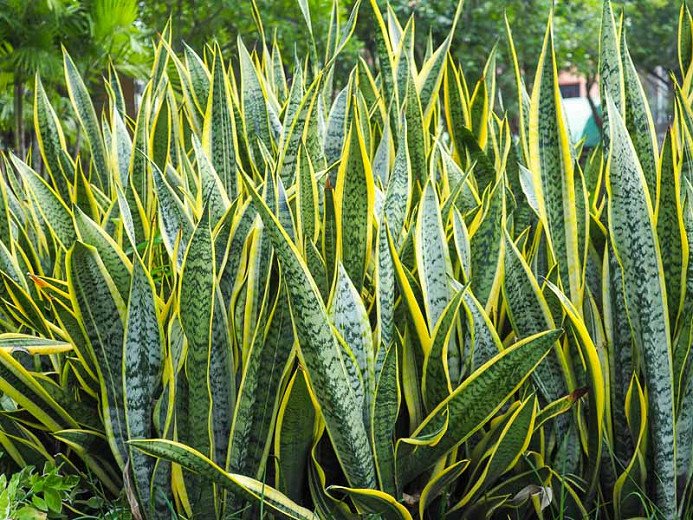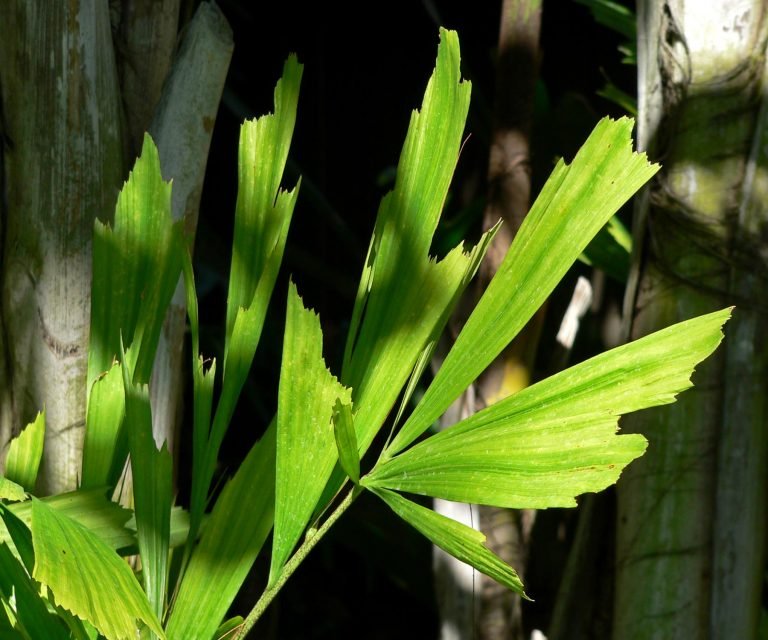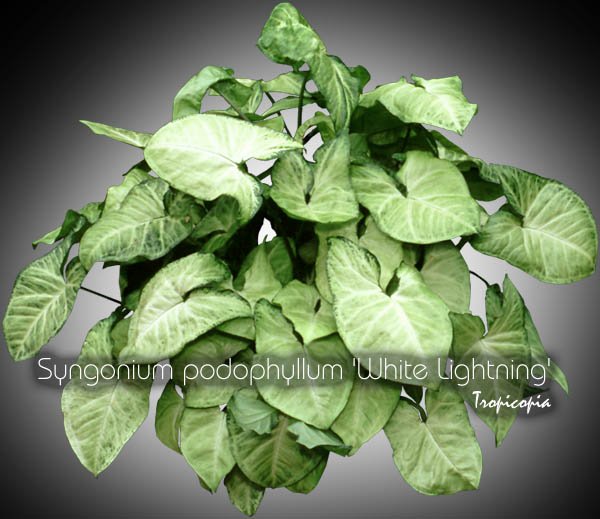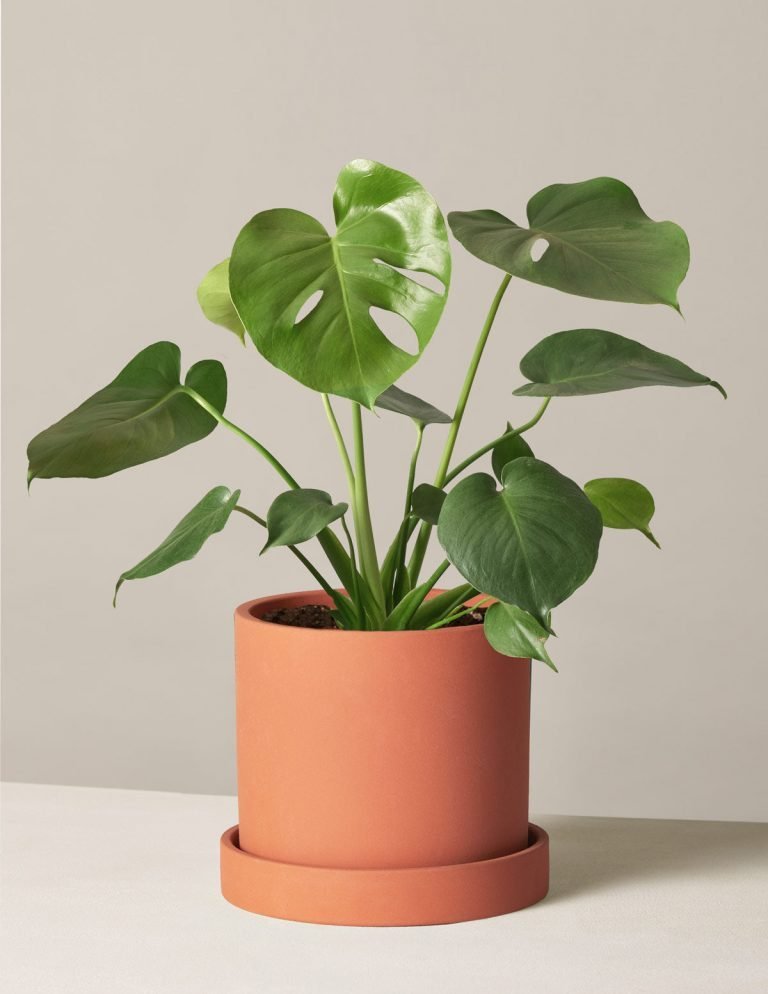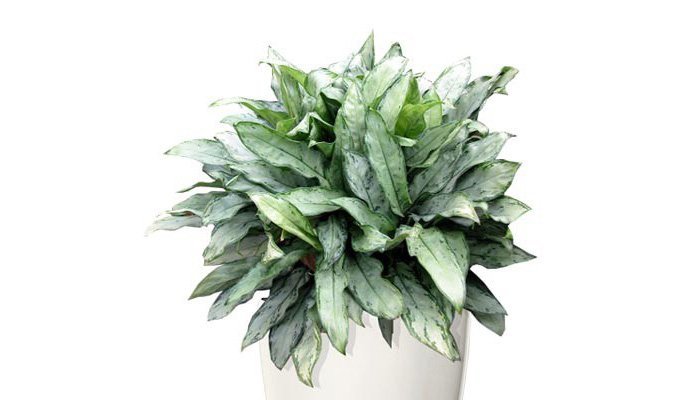Snake plant (Sansevieria trifasciata) – All You Need To Know
About Snake plant (Sansevieria trifasciata)
Sansevieria trifasciata, also known as the “Snake Plant” or “Mother-in-Law’s Tongue,” is a tropical plant native to West Africa that is known for its long, pointed leaves. It is often grown as an ornamental plant in outdoor gardens or as a houseplant, and it requires bright indirect light and minimal watering to thrive.
General Information
Family: Liliaceae
Category: Sansevieria
Origin: South Africa
Native Climate: Subtropical
Hardiness Zone: 11-9
Best as: Potted plant & Primary plant.
Where to grow Snake plant?
Snake plant is a common household plant that can be grown in various environments. They are Subtropical plants that thrive in the hardiness zone of 11-9 with a minimum temperature of 10 and maximum temperature of 35.
Below is a typical map of the US hardiness zone where you can check your location and see if Snake plant can survive in your locale.

Snake plant is native to the Subtropical climate of South Africa so it will survive best in a similar climate. However, being from a resilient Liliaceae family, it can also be found in most unusual places.
Sunlight Requirements of Snake plant
The idea lighting conditions for Snake plant is Strong light between 21,500 to 3,200 lux or 2000 to 300 foot-candle. However, it can also survive and grow in diffused light less than 5,300 lux or 500 foot-candle.
Watering Requirements for Snake plant
Snake plants (Sansevieria trifasciata) are known for their low maintenance and drought tolerance, making them a popular choice for household plants. However, it is still important to understand their watering requirements in order to keep your snake plant healthy.
Frequency of Watering
Snake plants do not require frequent watering. In fact, it is better to underwater rather than overwater them. Allow the soil to dry out completely between watering sessions, and then water thoroughly until water drains out of the bottom of the pot. This typically occurs every 1-2 weeks, but may vary depending on the size of the pot, the type of soil, and the humidity and temperature of the environment.
Amount of Water
When watering your snake plant, it is important to use enough water to thoroughly saturate the soil. However, be sure to not leave the plant standing in water, as this can lead to root rot.
Signs of Overwatering
Some signs that your snake plant may be overwatered include:
- Yellowing or wilting leaves
- Soft or mushy stems
- Black or brown spots on the leaves
- A bad smell coming from the soil
If you notice any of these signs, reduce the frequency of watering and ensure that the soil has a chance to fully dry out before watering again.
In summary, it is important to pay attention to the specific watering needs of your snake plant and to allow the soil to dry out completely between watering sessions. Use enough water to thoroughly saturate the soil, but be sure to not leave the plant standing in water. If you notice signs of overwatering, reduce the frequency of watering and allow the soil to fully dry out before watering again.
Is Snake plant prone to insects?
Snake plant is not prone to insects
Common diseases: N/A
Common posture & style
Snake plant has a Clump posture and grow in a compact, rounded shape, with multiple stems emerging from a single point.
It has beautiful Dark green & Light green leaves. Its main appeal is its Bearing. It can grow up to the height of 1.22 meters with a truck width of null meters. It has a Slow growth speed under good conditions, watering, and sunlight.
Blooming Season: null
Bloom Color: Light green
Pruning: Never
Why should you keep Snake plant in your home?
Keeping a Snake plant plant in your home can bring many benefits. For one, plants can improve the air quality in your home by removing toxins and releasing oxygen.
In addition, having plants in your home can help increase humidity, which can be particularly beneficial during dry winters.
Additionally, caring for your Snake plant plant can be a relaxing and therapeutic activity, and Snake plant in your home can add a touch of nature and beauty to your living space.
Overall, there are many reasons why everyone should consider keeping a Snake plant plant in their home if the climate is enabling for its growth.

